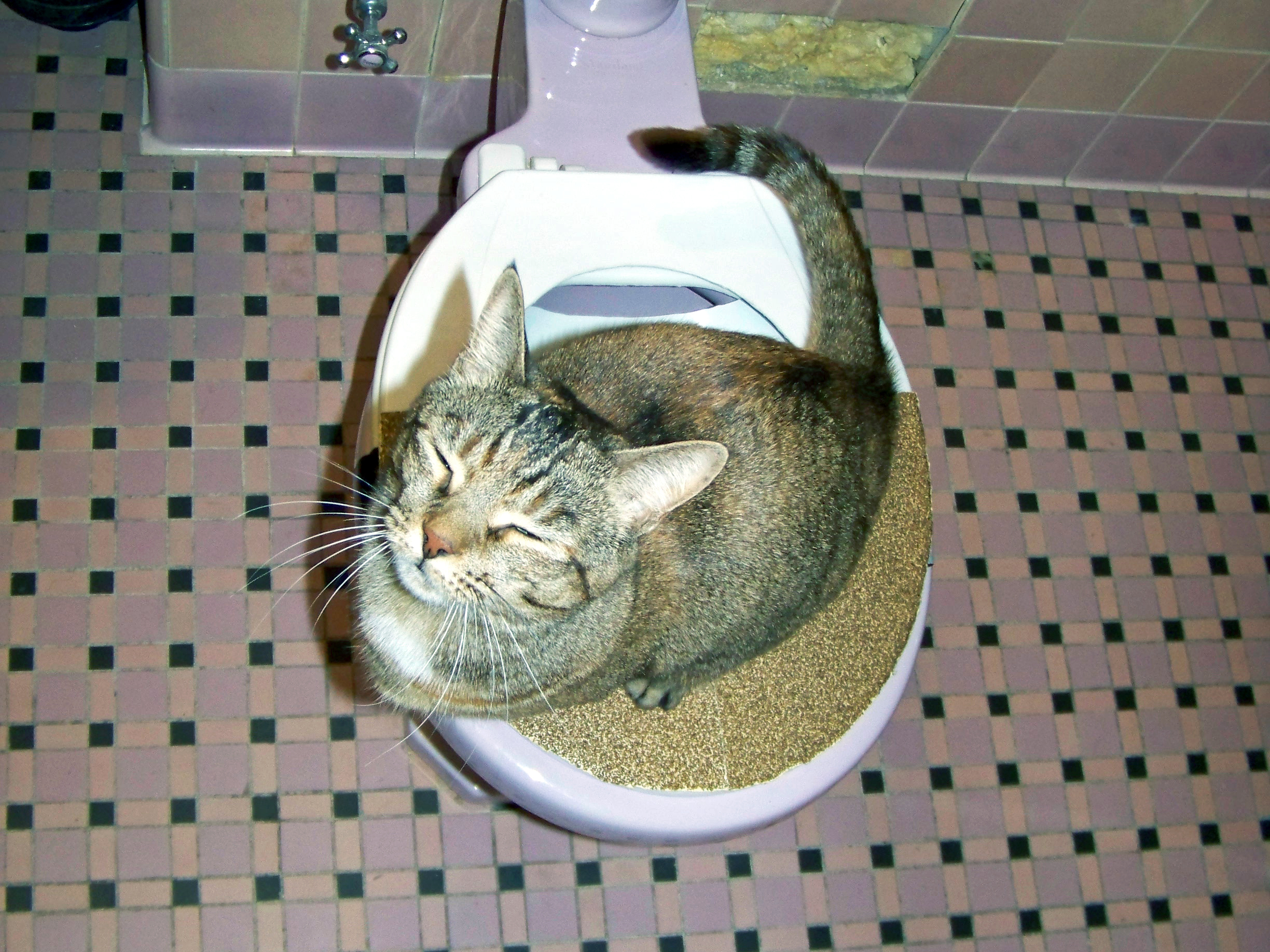Our Risks of Flushing Animal Waste Down the Toilet
Our Risks of Flushing Animal Waste Down the Toilet
Blog Article
Presented here down the page you'll find more worthwhile insight around Should you flush animal waste down the toilet.

When it involves disposing of waste, specifically animal waste, lots of people frequently consider the practical alternative of flushing it down the bathroom. However, this relatively easy option can have major effects for the environment and public health. In this short article, we'll check out why flushing pet waste down the toilet is a poor idea and provide different techniques for correct disposal.
Introduction
Proper waste disposal is crucial for maintaining environmental sustainability and public health. While it may seem harmless to flush animal waste down the toilet, it can lead to various issues, both for the environment and human well-being.
Risks of flushing animal waste
Environmental influence
Purging animal waste introduces hazardous bacteria and virus right into waterways, which can negatively impact marine ecological communities. These pathogens can pollute water resources and injury aquatic life, interfering with fragile environments.
Public health worries
Animal waste contains harmful microorganisms such as E. coli and Salmonella, which can present severe health threats to people. Flushing pet waste down the bathroom can contaminate water products, resulting in the spread of conditions and infections.
Alternatives to flushing
Rather than flushing animal waste down the commode, there are a number of alternative disposal approaches that are much more eco-friendly and hygienic.
Composting
Composting animal waste is an eco-friendly method to dispose of it. By composting, organic matter is broken down right into nutrient-rich soil, which can be used to feed yards and plants.
Landfill disposal
Taking care of animal waste in a land fill is an additional option. While not as environmentally friendly as composting, it is a much safer option to flushing, as it stops the contamination of water resources.
Pet dog garbage disposal systems
There are specialized pet waste disposal systems available that securely and hygienically get rid of animal waste. These systems typically utilize enzymes to break down waste and eliminate odors.
Actions to correct animal waste disposal
To ensure proper disposal of animal waste, comply with these steps:
Scooping and landing waste
Frequently scoop and bag animal waste using eco-friendly bags. This avoids waste from infecting the atmosphere.
Making use of designated waste bins
Dispose of bagged animal waste in marked waste bins, such as compost containers or land fill containers. Avoid flushing it down the toilet whatsoever expenses.
Cleansing can and pet dog locations routinely
Frequently clean litter boxes and animal areas to prevent the buildup of waste and germs. Use pet-safe cleaning products to keep health.
Advantages of proper disposal methods
Taking on correct disposal techniques for animal waste offers several advantages:
Minimized environmental pollution
Proper disposal methods decrease the danger of environmental pollution, shielding rivers and ecosystems from contamination
Minimized risk of water contamination.
By avoiding flushing pet waste down the commode, the threat of water contamination is significantly reduced, safeguarding public health.
Boosted hygiene and hygiene
Proper disposal methods advertise far better cleanliness and hygiene, developing a much safer environment for both human beings and pets.
Final thought
In conclusion, purging animal waste down the toilet is unsafe to the atmosphere and public health. By adopting alternate disposal methods and complying with proper waste administration practices, we can lessen the negative effect of animal waste and add to a cleaner, much healthier planet.
What To Do With Dog get more info Poo – The Do's And Don'ts Of Disposing Of Faeces
Dog poo bins
Some councils provide dedicated dog waste bins in popular dog-walking areas that can take dog poo that has been bagged but you can legally dispose of dog waste in any public litter bin, as long as it is securely bagged. This also applies to your wheelie bin at home.
Do not flush
Water companies do not recommend flushing dog faeces down the toilet because certain parasites can survive the water processing treatment and are potentially harmful to humans. You should also never consider flushing dog poo that has been bagged down the toilet as the bags will not break down and instead create severe blockages in the sewage system.
In the woods
The Forestry Commission promotes a ‘stick and flick’ method for dealing with waste in the woods. This means finding a stick and using it to flick any poo from off the path so that it is out of the way of other walkers. You could also bury it as long as it is not in an area where there might be livestock.
Livestock
Parasites found in dog poo can be transmitted to livestock if they inadvertently eat infected faeces that has been left on grazing land. This could result in the death of sheep or abortion in cattle so you should always make sure you pick up your dog’s waste in fields where livestock could be present.

As an enthusiastic reader on , I was thinking sharing that excerpt was really useful. Those who enjoyed our article kindly make sure you remember to pass it around. Thanks a bunch for your time. Don't forget to pay a visit to our site back soon.
Call Report this page